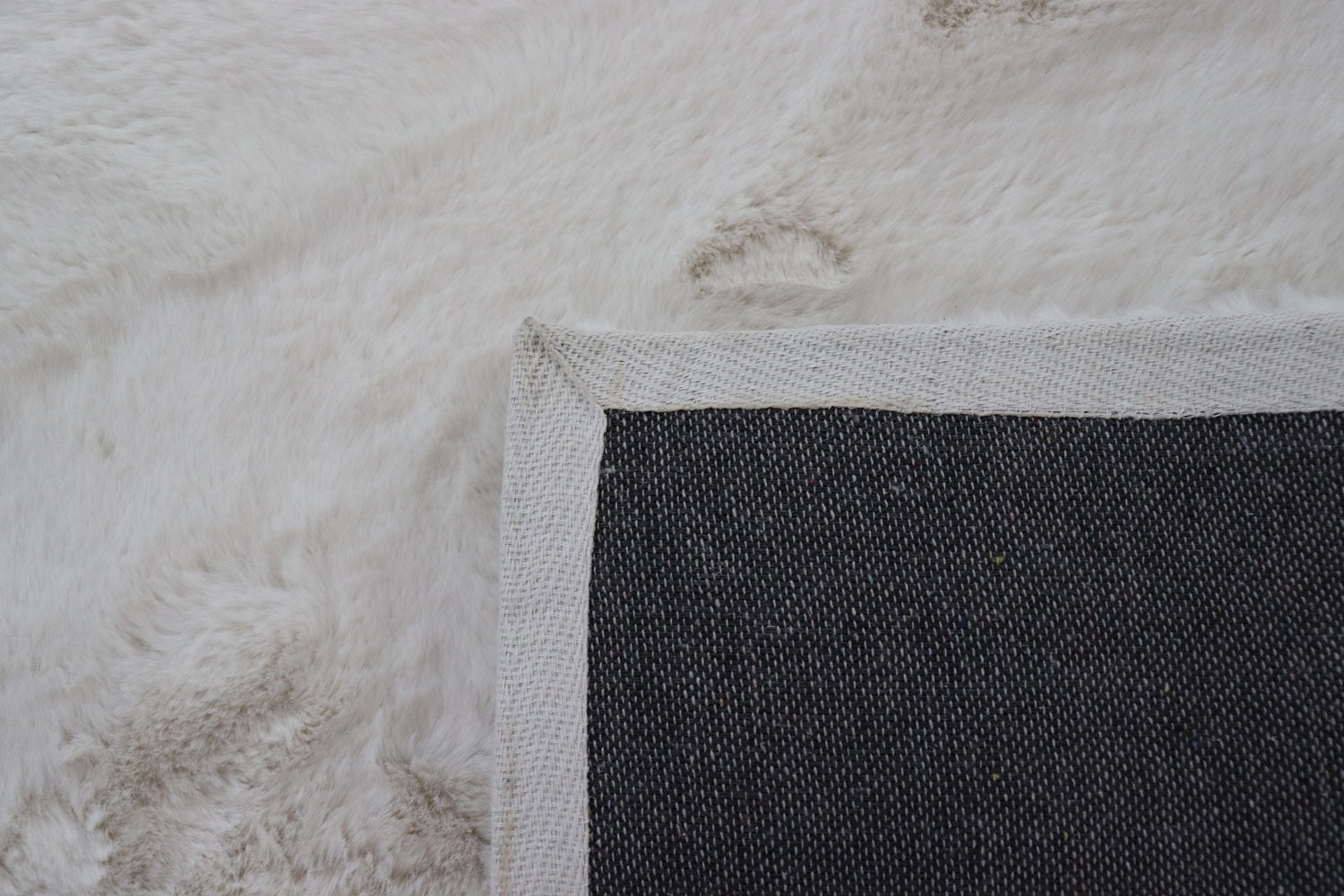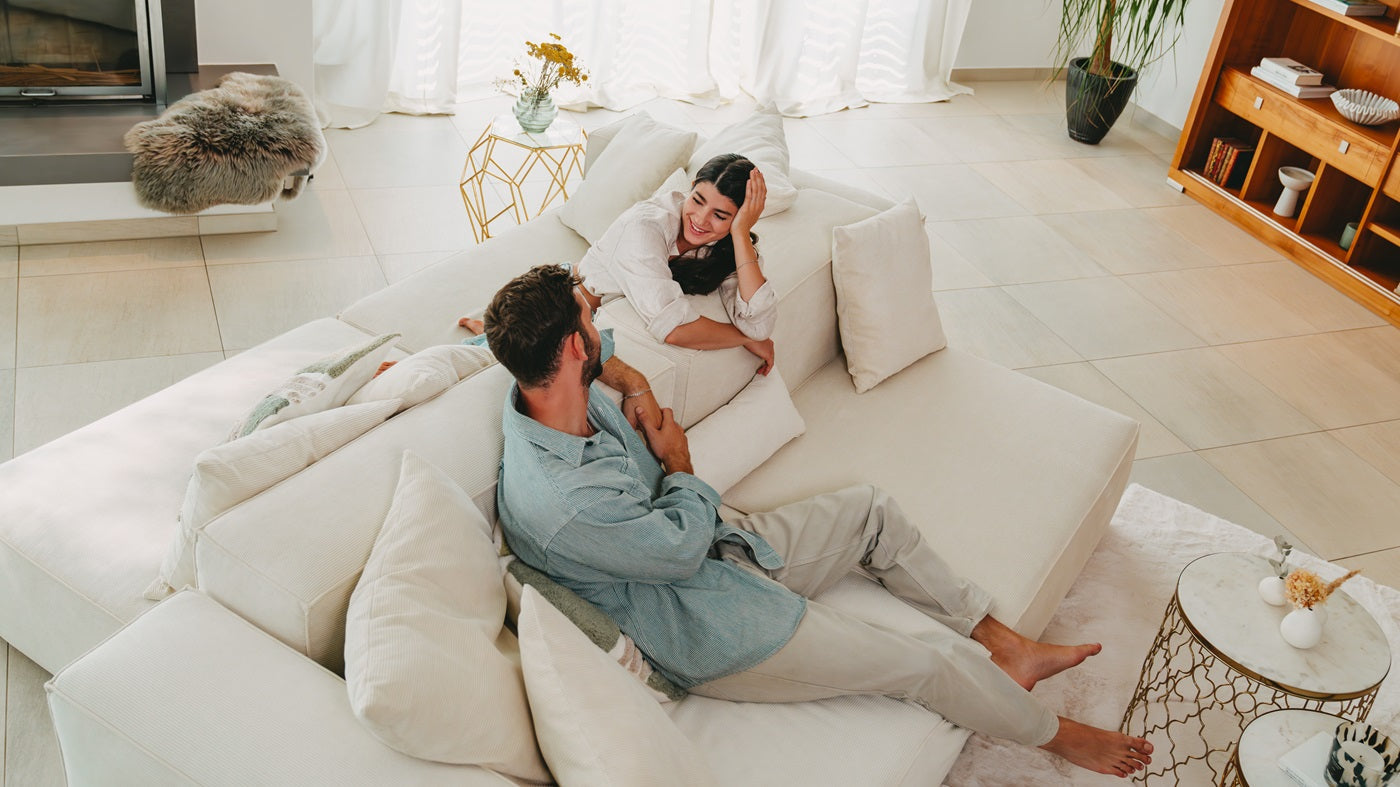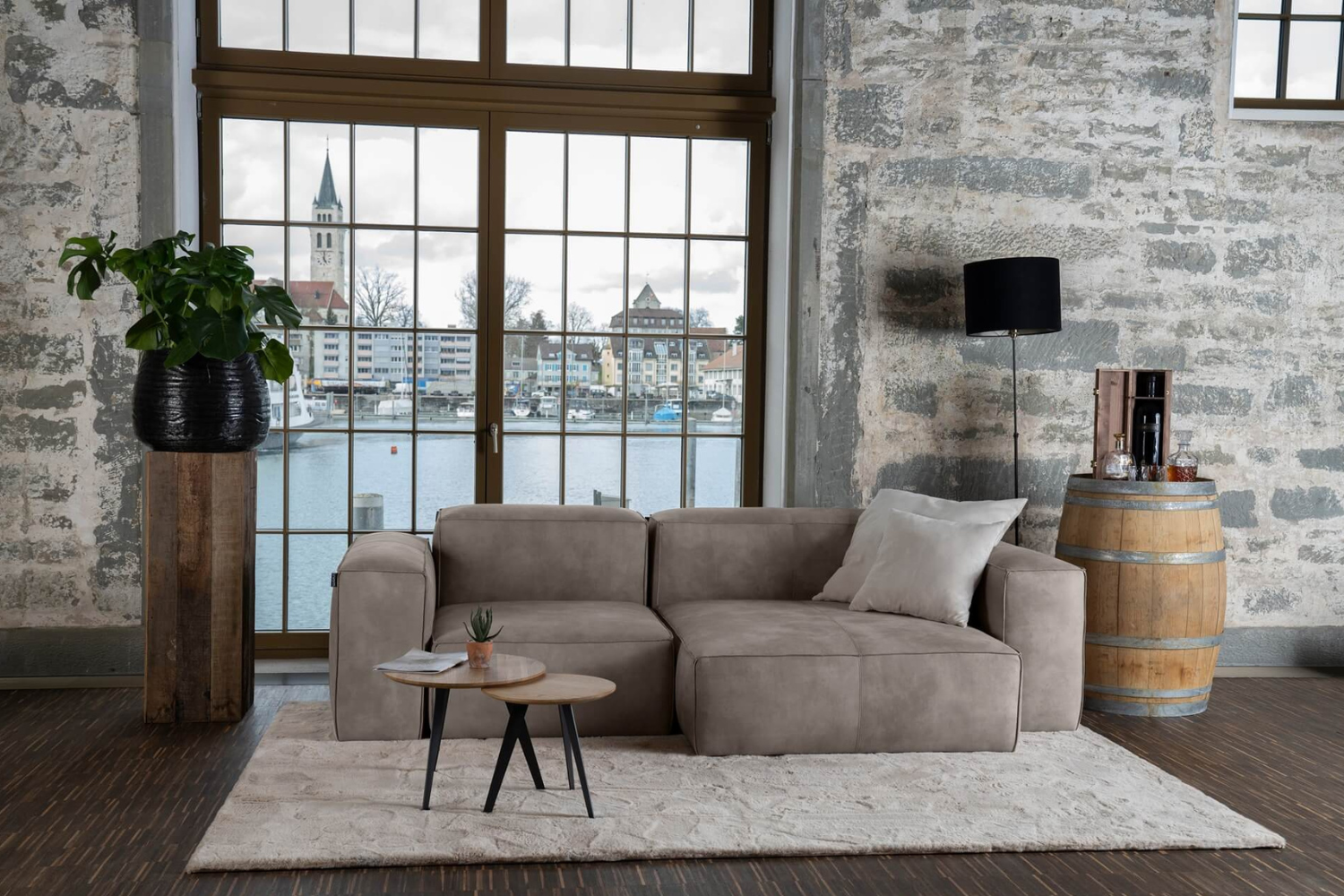Do you have a small garden and patio that you want to make the most of? Don't worry, we have some basic tips on how to make the most of your limited space. From planning and selecting furniture to care and maintenance, here you'll find everything you need to know to transform your small outdoor space into an inviting oasis.
The basics of garden design
Before you begin designing your small garden or patio, it's important to consider some basic planning aspects. Here are some key points to keep in mind:
A garden isn't just a place to grow plants; it's also a place to relax and enjoy nature. That's why it's important to define your personal style . Do you want a rustic and cozy outdoor space reminiscent of a rural paradise? Or do you prefer a modern, minimalist look that emphasizes clean lines and geometric shapes? By defining your style, you can create an atmosphere that suits you and your lifestyle.
Another important aspect when planning your outdoor space is the available space. Carefully consider the available space and create a plan to maximize its use. Here are instructions for measuring: Measure the patio and balcony . Also, remember that every square inch counts. By skillfully placing plants, furniture, and other elements, you can make your garden appear larger and more inviting.
Selecting the right plants and materials is also crucial for the design of your small garden or patio. Here are some tips to consider:
- Use perennial plants that return year after year and give your garden a permanent structure. These plants are often easy to care for and require less effort than single plants.
- Choose easy-care plants that require little attention and thrive even with little water. Succulents and drought-resistant plants are good options for an easy-care garden.
- Consider varying heights to give your garden an interesting structure. Use plants at different heights to create visual interest and visually expand the room.
- Consider using mirrors or water features to make your outdoor space feel larger and more inviting. Mirrors can create the impression of depth and width, while water features can create a calming and relaxing atmosphere.
By taking these aspects into account when planning and designing, you can create a space that is not only beautiful to look at, but also meets your needs and preferences.
Optimization of the terrace design
The patio is an important part of your small outdoor space and should also be optimally designed. Here are some tips for improving your patio design:
The design of your patio can be not only functional but also aesthetically pleasing. By choosing furniture that is both practical and stylish, you can create a harmonious atmosphere that invites you to relax and enjoy.
Selection of the right furniture
- Choose space-saving furniture: Choose furniture that doesn't take up too much space and can be easily stored away when not needed.
- Multifunctional furniture: Invest in furniture that has multiple functions, such as modular outdoor benches that can be converted into different representations.
- Use furniture with integrated storage: Furniture with built-in storage provides extra space to store pillows, blankets, or other items.
When choosing furniture, you should also consider the materials. Robust and durable materials like teak or aluminum are particularly suitable for outdoor use and ensure durability.
Discover our waterproof outdoor benches with washable and interchangeable covers
Decoration and lighting for the terrace
- Place on decorative objects: Use accessories such as Cushion , Cover and plants to give your outdoor space a cozy atmosphere.
- Use lighting elements: Use atmospheric lighting to organize your patio or balcony in the evening. Solar-powered lights are an environmentally friendly option.
Selecting the right lighting can have a significant impact on the atmosphere. Besides solar lamps, LED string lights or indirect lighting elements can also create a cozy and inviting atmosphere.
Practical tips for care and maintenance
To keep your small garden and patio in top condition, you need to perform regular care and maintenance. Here are some practical tips:
Regular garden care
- Water your plants regularly: Make sure your plants get enough water, but avoid waterlogging.
- Weed Control: Keep your garden free of weeds to avoid affecting the growth of your plants.
- Cutting back similar plants: Hold your plants firmly and remove dead or overgrown parts.
Seasonal maintenance of the terrace
- Clean your patio regularly: remove dirt, leaves, and other debris from your patio to ensure a beautiful surface.
- Check your furniture regularly: make sure your furniture is in good condition and repair or replace damaged parts in time.
Another important aspect of garden maintenance is fertilization. Plants need nutrients to grow and thrive healthily. Use organic fertilizers to provide your plants with nutrients naturally and prevent chemical stress.
Besides cleaning your patio, you should also check the joints between the patio slabs. Weedy or damaged joints can lead to weed growth and affect the stability of your patio. If necessary, fill the joints with a special sealant to protect your patio.

Avoid frequent mistakes
When designing a small garden and patio, there are some common mistakes to avoid. Here are two key points:
Errors in planning
- Don't overload your garden with too many plants and decorations. Maintain a balanced ratio of plants, furniture, and accessories.
- Don't forget to consider light levels. Make sure your plants get enough sunlight and that your patio is adequately lit.
Error during implementation
- Don't buy furniture that doesn't match the style and size of your outdoor space. Look carefully and consider your location before buying, and consider which style is most suitable.
- Don't neglect regular care and maintenance. A well-maintained garden and a clean patio look inviting and maintain your beauty longer.
When planning an outdoor space, it's important to consider the needs of the plants. Different plant types and lighting conditions require different varieties. Make sure you choose plants that thrive in your garden and complement each other.
You should also pay attention to the materials used when selecting your garden furniture . Not all materials are suitable for outdoor use. Choose durable and weather-resistant furniture that can withstand various weather conditions to ensure you can enjoy your patio for many years to come.
Sustainable garden and patio design
Sustainable garden design and an eco-friendly patio design are not only good for the environment, but also for your wallet. Here are some tips on how to make your small outdoor space sustainable:
Environmentally friendly materials and plants
- Use recycled materials: Choose furniture and decorative objects that are made from recycled and sustainable materials .
- Plant drought-tolerant plants: Plants that require little water, such as succulents, are a good choice for a sustainable garden.
Water and energy efficiency in the garden and on the terrace
- Use rainwater: Collect rainwater in a rain barrel and use it to water your plants. This not only saves water but also money.
- Use energy-efficient lighting: Install low-energy LED bulbs to save electricity.
With these tips and tricks, you can optimally design your small garden and patio and create a cozy and inviting atmosphere. Remember that every square inch counts, and use your creativity to make the most of your limited space.
The importance of bees for a sustainable garden
Bees play a crucial role in an ecologically balanced garden. They cover flowers and plants, which contribute to the preservation of biodiversity. To attract bees, you can plant flowering plants like lavender, sunflowers, and clover in your garden. Avoid using pesticides, as they are harmful to bees.
Another important aspect of sustainable garden design is composting. By composting organic waste, you can produce valuable fertilizer for your plants and simultaneously reduce waste. Create a small composting station in your garden and regularly add kitchen scraps, leaves, and grass clippings. Over time, you'll have nutrient-rich compost that will make your plants healthy and strong.





